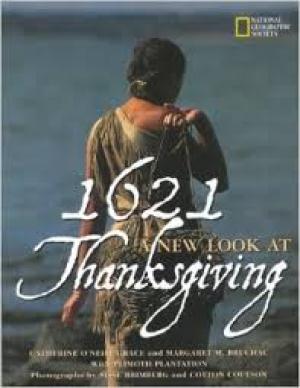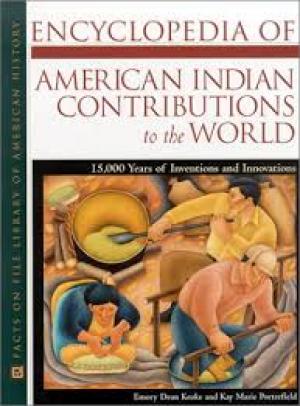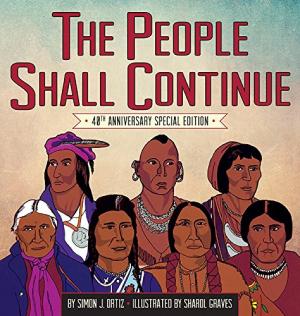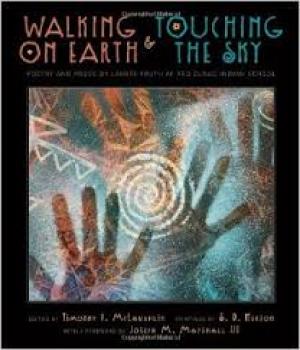Native History: Books for Young People

These books offer young people the opportunity to deepen their own understanding of the history of Native peoples throughout North America. From picture books to atlases, these titles challenge and reframe the depictions of Native history that so many students have encountered in schools and popular culture, while also highlighting important events, accomplishments, and cultural traditions.
























